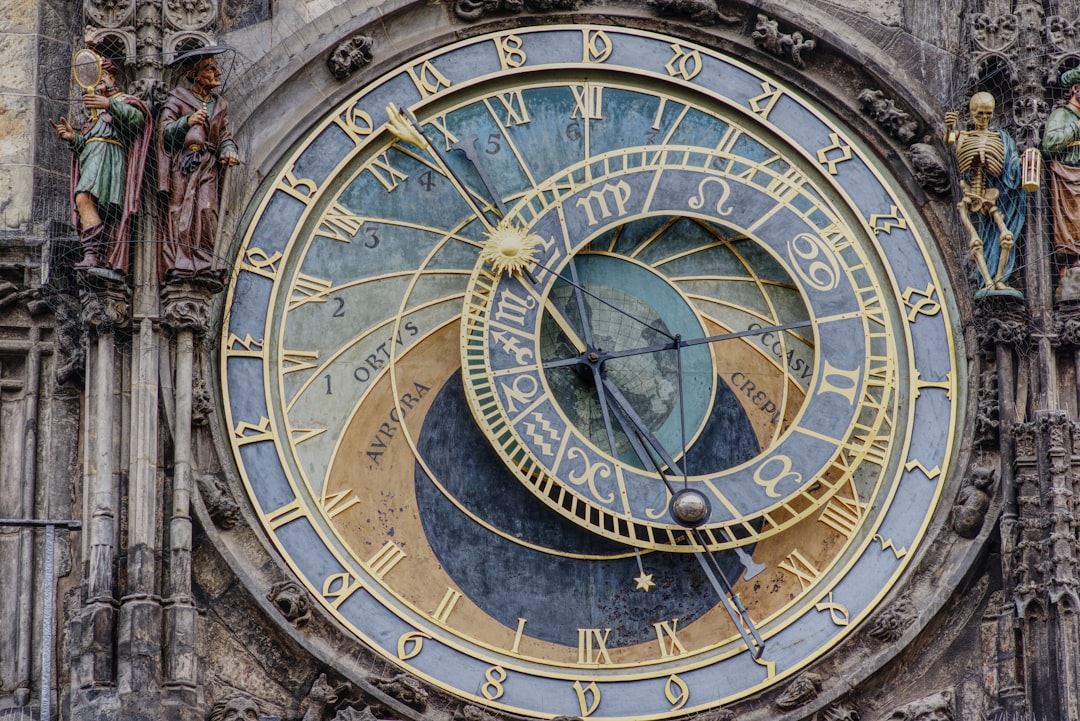What is it about?
Did you know that there are species of bees and wasps that are said to be solitary? These species, unlike honeybees for example, do not usually form nesting colonies. Instead, each solitary female builds its own nest, often by digging into the ground or using pre-existing cavities. What is fascinating is that these nests are often found in close proximity to each other, but the females are still able to return to their own nest even though it is located among hundreds of other similar-looking nest entrances. How do they do this? By smell! We have discovered that each nest 'smells' like its occupant and this helps females find their own nest each time they return from foraging.
Featured Image

Photo by Alexandre Debiève on Unsplash
Why is it important?
With the massive decline in pollinators observed nowadays, it is vital to gain a better understanding of the biology of species such as solitary insects. On the one hand, our results open up to several promising biological and evolutionary questions in the fields of sensory perception and insect communication that remain to be answered. This means it can lead to new avenues of research and study. On the other hand, these results have great potential for more applied purposes. For example, it could provide insights into how to develop more suitable nesting aids for solitary insects, thereby effectively supporting populations.
Perspectives
I am really pleased to be able to share these exciting findings on solitary bees and wasps. Very interesting species that I really enjoyed studying. I would like to thank Prof Schmitt's group once again for giving me the opportunity to work in chemical ecology, which is a very nice "add-on" to what I usually do in ethology and physiology. This study gives a glimpse into the "insect world" and perhaps steals a bit of the spotlight from honeybees to show how fascinating the lives of other bee species can be.
Sylvie Vandenabeele
Julius-Maximilians-Universitat Wurzburg
Read the Original
This page is a summary of: Olfaction is essential for nest recognition in solitary Hymenoptera, Proceedings of the National Academy of Sciences, June 2023, Proceedings of the National Academy of Sciences,
DOI: 10.1073/pnas.2304703120.
You can read the full text:
Contributors
The following have contributed to this page










